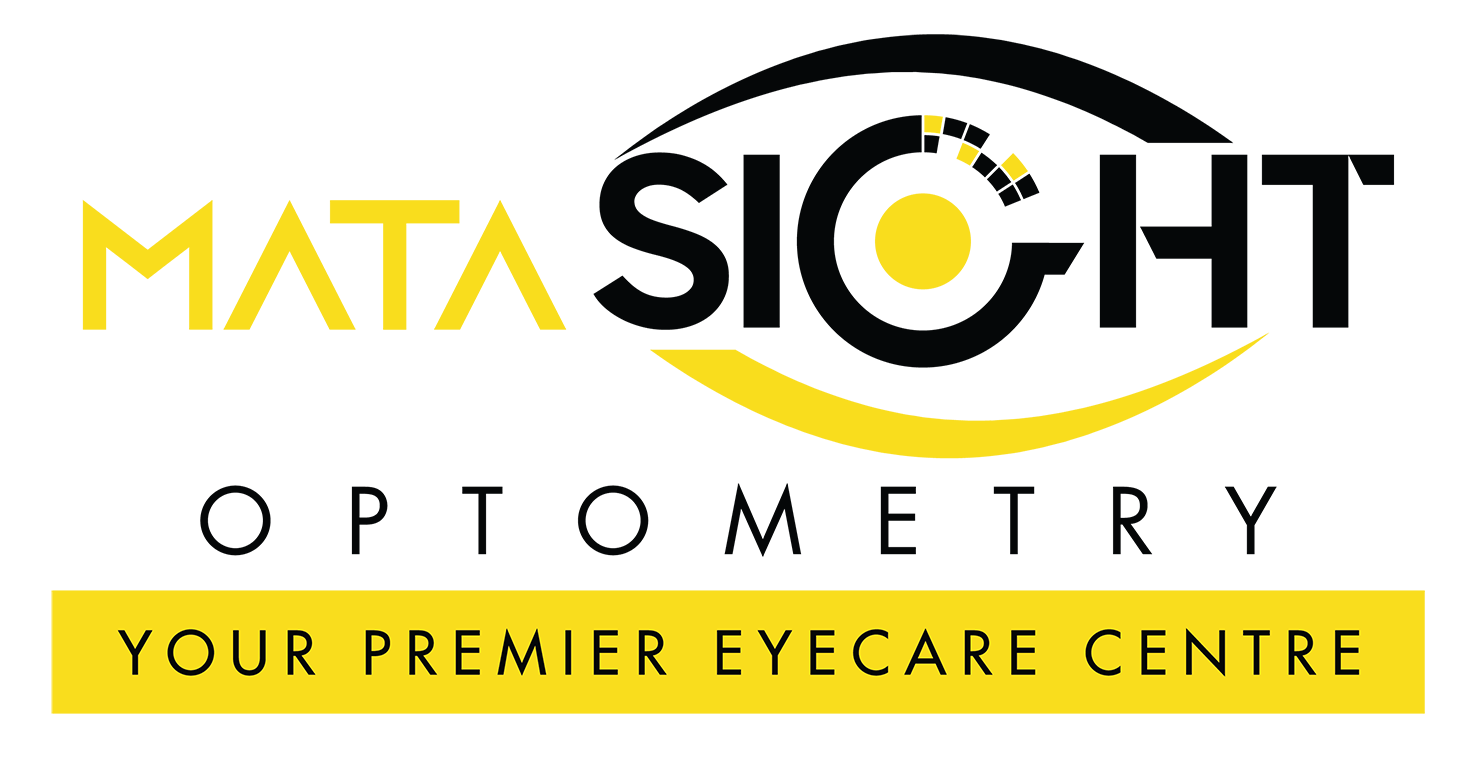A Comprehensive Guide to Dry Eye Syndrome Management: Causes, Symptoms, and Treatments
Dry eye is the inability of your tears to provide adequate lubrication for your eyes. This inadequacy and instability of tears can occur for several reasons. For instance, poor quality of tears or an inability to produce enough tears can cause dry eye disease. This condition can lead to inflammation and damage to the eye’s surface.
Dry eyes may sting or burn. You need to take precautionary measures for dry eye management. Lifestyle changes and eye drops are plausible treatments. This blog post will address further details about dry eye syndrome management, including its causes, symptoms, and treatment.
Causes
There are several causes behind dry eye disease. Natural body processes and bad habits can cause dry eyes. Most importantly, one or two causes can contribute to your symptoms. Below are some major causes of dry eye disease:
- Natural Bodily Processes: Some factors can even cause chronic dryness that you cannot control. Common factors include aging or hormone changes. There is no specified age at which dry eye can occur; however, it is more common after 50. With age, eyes naturally produce fewer tears. This causes dry and gritty eyes. Changes in hormones like estrogen and progesterone are another reason that eye hydration is affected. These hormone changes frequently affect female vision. Other hormone changes include menstruation and birth control.
- Health-related Causes: Certain diseases can cause eye dryness, including diabetes, thyroid-associated conditions, lupus, rheumatoid arthritis, or Sjogren’s syndrome. Incomplete closure of the eyelids when blinking or sleeping is called lagophthalmos, which can directly cause dry eye. Not only these causes, medications for these causes can also cause dry eyes.
- Environmental Causes: Certain climate conditions can also cause dry eyes, including high winds and dry climate. Indoor air conditioning, ceiling fans, or forced air heating systems are also factors of dry eyes. Allergies, often due to environmental causes, can also trigger dry eyes.
Symptoms
Dry eyes can occur in many ways, and symptoms may vary drastically among individuals. Symptoms can also worsen after certain activities, such as wearing contact lenses or spending time outside in windy situations. Most signs and symptoms often affect both eyes. They include:
- Sensitivity to light
- Eye redness
- Tired, heavy eyes
- Achy, sore eyes
- Stain, burn, or scratch sensation.
- Stringy mucus in or around your eyes
- A sensation that something might have entered your eyes.
- Difficulty with nighttime driving
- Difficulty wearing contact lenses
- Blurred vision or eye fatigue
- Photophobia (light sensitivity)
- Watery eyes
Management & Treatment
Dry eye syndrome management treatments often involve artificial tears or lubricating eye drops.
- Prescription eye drops: Your optometrist may prescribe eye drops to help with your dry eye conditions or advice for getting the over-the-counter options.
- Nasal spray for dry eye: Certified medical professional or optometrist may prescribe nasal spray for your dry eyes management.
- Eyelid massage devices: LipiFlow and iLUX like in-office treatments.
- Additional treatments for advanced DED: Specialized dry eye care centers offer advanced treatments, including autologous serum tears and sterile amniotic membranes.
- Other home remedies: Wearing sunglasses during the time, using a humidifier, cleaning the dry eye areas, and staying hydrated are some of the common remedies that an optometrist may consult you on.
What Are You Waiting For ?
Dry eyes can be a common issue in the elderly, but anyone has the chance of developing this condition. If you experience any signs or symptoms of dry eyes, consult a professional for help. Or you could talk to our certified optometrists at MATASIGHT to get your comprehensive eye tests and get a consultation on dry eyes management.
